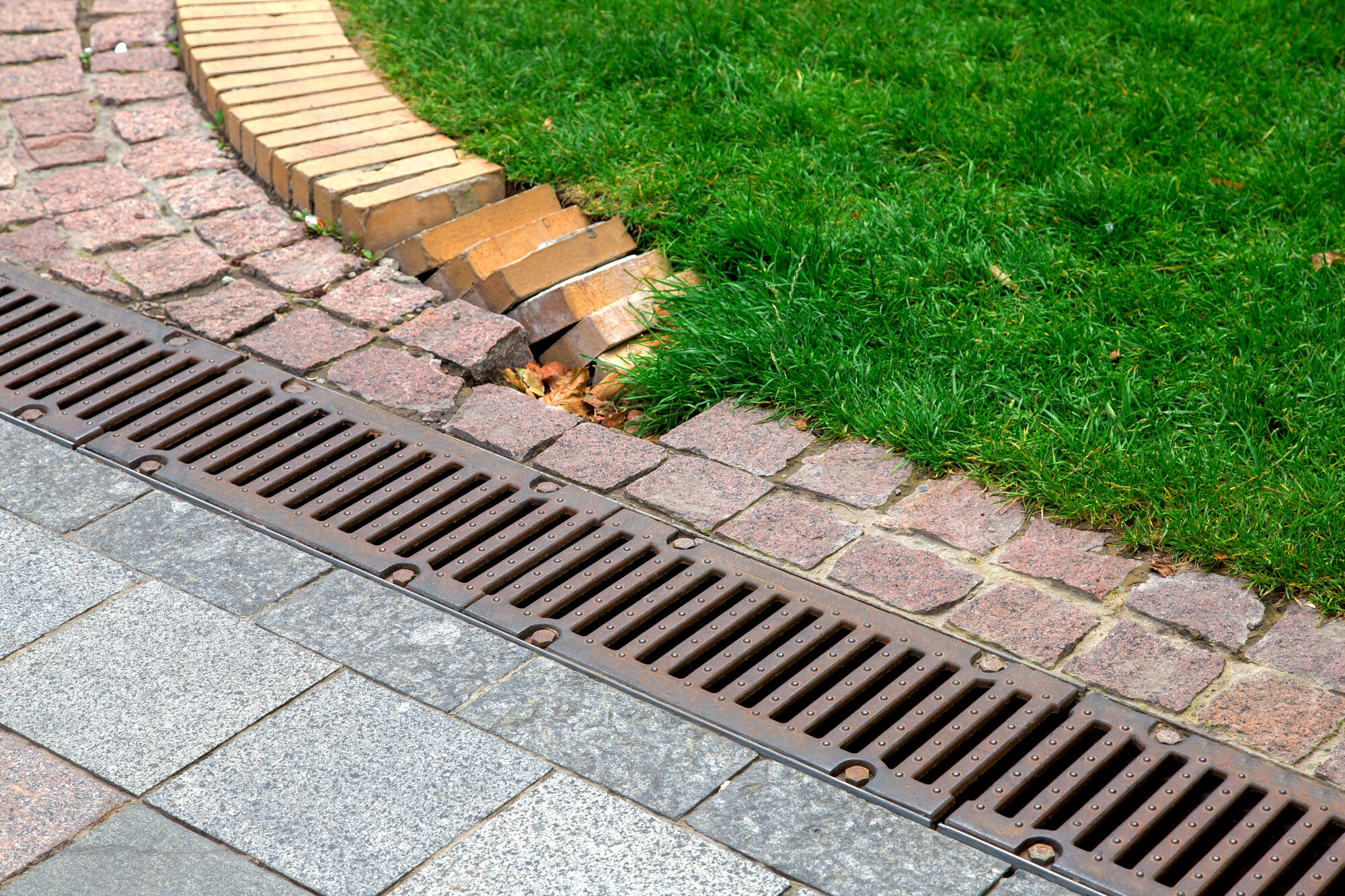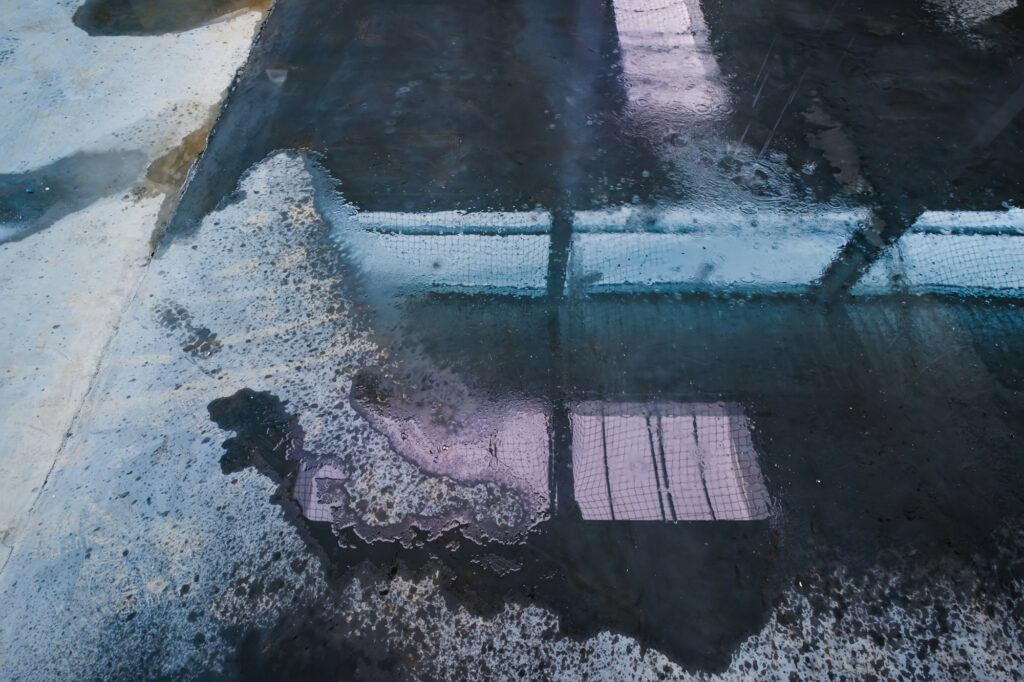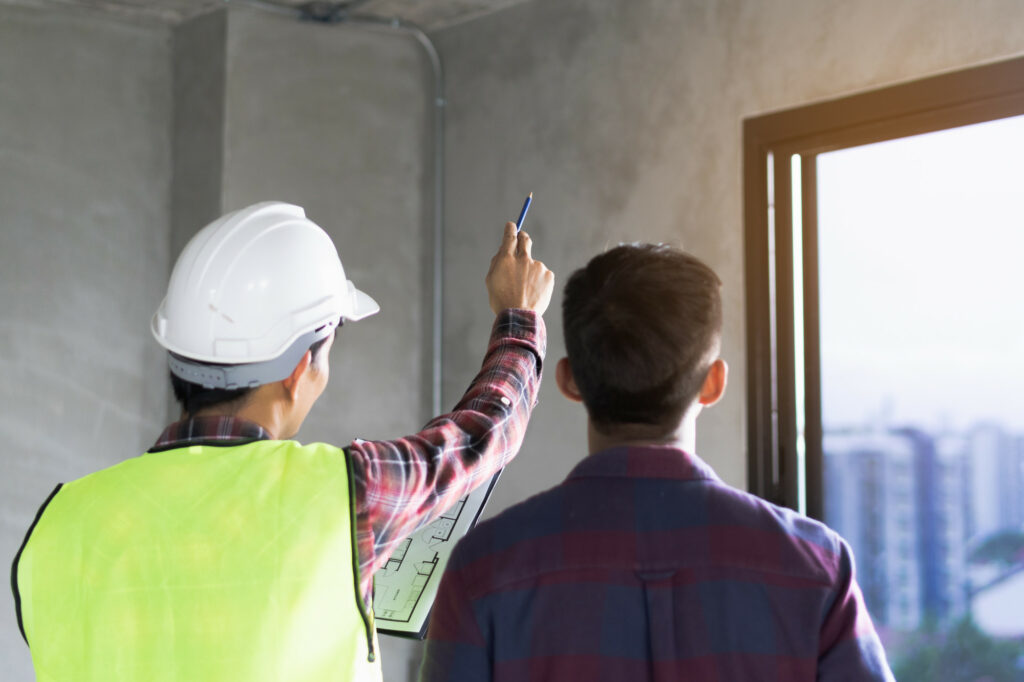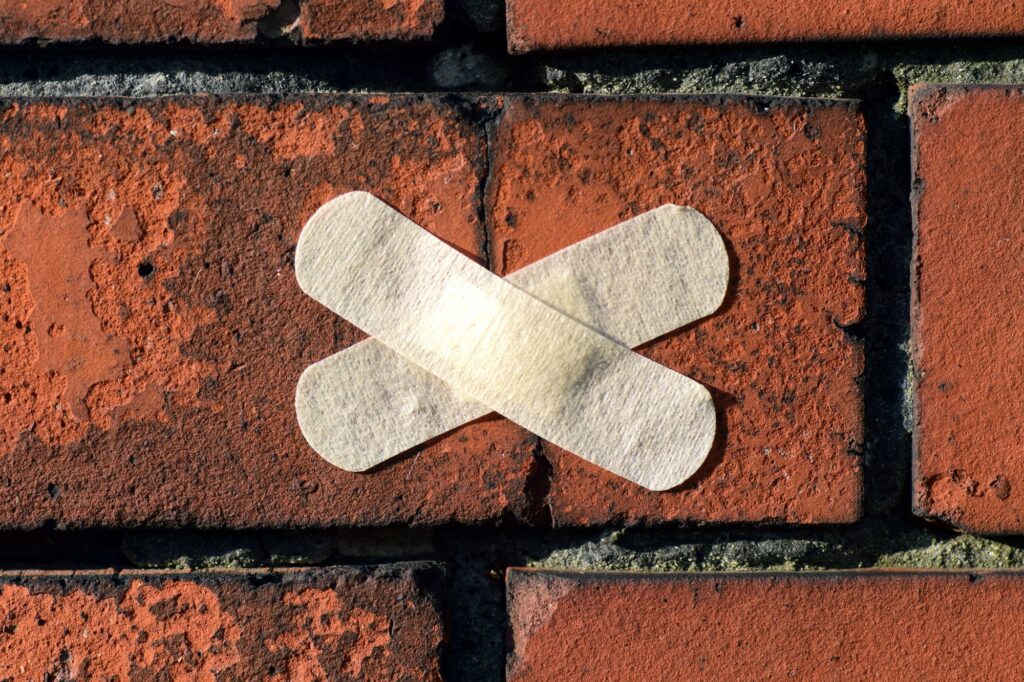Do you dread the rain because you know your home has a drainage issue? Drainage correction is a serious problem that can affect your foundation and the life of your home.
Don’t let drainage issues ruin your home or your day! We can help you get the drainage problem under control so that you can enjoy peace of mind and a worry-free life. Read on to learn more about what causes drainage issues and how we can help with drainage problems in and around your home!
Why Drainage Correction?
Have you ever experienced soggy, soupy grass on your lawn? Maybe there have been instances when your yard appeared to be flowing like a river after heavy rain.
Any of these events are more than simple annoyances and inconveniences. They might even destroy the foundation of your house and other elements, resulting in more serious issues.
If you suspect a drainage issue, repairing the foundation of your home may be necessary. It can feel overwhelming, but waiting until further damage happens will make things worse for your home and drain your wallet.
Drainage Is at the Heart of the Matter
When it comes to issues with your home’s foundation, the functioning of the current drainage system is almost always at the core of the problem. Inadequate drainage can lead to water getting trapped under the house. So, it is crucial to keep water flowing away from the foundation of your home.
As a result of water accumulation, basements may flood and the foundation as a whole may become unstable, resulting in cracks or damage to the structure of your home. The slope of patios and driveways are the main elements that can affect proper drainage. With the right amount of slope, you can prevent excessive water buildup on certain parts of your house by allowing water to flow away from it.
The expansion that happens after a rainstorm can be quite harmful to your home’s foundation. This happens after the soil dries, based on the type of dirt beneath your home.
You must work extra hard to guarantee that there is a regular process of saturation if you live in a region with any kind of expansive clay soil. This is so the contraction and expansion don’t destroy your foundation.
Foundation Drainage
Identifying if the soil surrounding your home has a suitable slope is the first step in fixing foundation drainage problems. The earth should slope away from the home by at least 6 inches over a 10-foot distance.
To produce the desired slope, it may be necessary to reposition dirt in nearby locations, regrade nearby areas, or add soil along the foundation. Adding dirt is not always necessary to correct a slope. Avoid piling up excessive amounts of soil near your home’s foundation.
The soil around your foundation might need some removal if it is too thick. To achieve the desired slope, the earth may need removal from certain areas.
Drainage Systems
A drainage system has several different parts. You will need gravel, a lot of digging, and plastic drain pipe, also known as drain tile, for the majority of jobs. To design a functional drainage system, a variety of drain basins, connectors, and fabrics are used.
Often, you can remedy standing water by improving your soil. If your topsoil is clay or is very compacted, adding gypsum, compost, or other organic matter to the soil and tilling it either with a rototiller or by hand will improve the drainage.
Using raised beds to elevate your plants above the occasional water logging issue may be a solution if you have a bed where the plants are drowning in water. This is all well and good. But, what if your foundation has already suffered damage?
Concrete Foundation Repair
The methods used in the past to fix concrete foundations have varied. Early on, wood, concrete, cement, and steel have been poured, pushed, turned, or otherwise shoved into the ground to rescue these foundations and slabs. The repairs frequently turned out to be ineffective.
Other, more effective restoration techniques require significant disruption of the people or organization using the building. In most cases, it is preferable to repair slab foundation settling in residential locations without having to move any furniture, appliances, or possibly the entire family, and in commercial regions without interfering with operations.
But because of the modern technology and skilled professionals we have today, there are several effective approaches to the issue of a damaged foundation or foundation crack repair. These new methods cause little to no disturbance to daily life or business operations.
Some Common Foundation Repair Methods
Pumping grout below a slab or beam happens during a slab jacking operation. This method creates a lifting force that raises the foundation back to its original level.
Piering is another method. Steel supports are driven into shaky soil, and concrete slabs impacted by shifts in the underlying soil are raised or stabilized using hydraulic jacks.
Hydraulic piers are often utilized to stabilize and lift the foundation for bigger issues, particularly those associated with shifting in residential and commercial building foundations. The sort of repair method used for foundation repair will depend on the type of distress that needs addressing.
Protect Your Home and Property
When you first start spotting any sign of foundation problems or drainage issues, it is important to call a foundation repair company right away. Our experienced, knowledgeable estimators and foundation inspectors offer quick and simple advice. Or, if you need repairs, they offer a quote that is specific to your needs.
We understand Texas’s soils. Our committed specialists make drainage correction simple and hassle-free for you due to our more than 25 years of experience in commercial and residential work.
FCS stands by the work we do. Contact us or check out our Blog section for helpful information.







